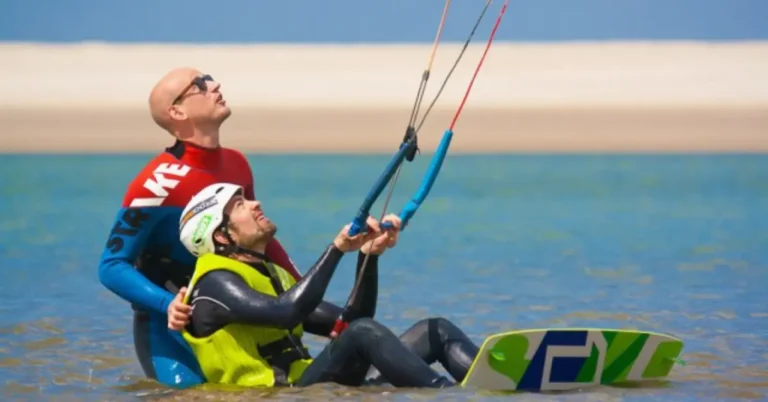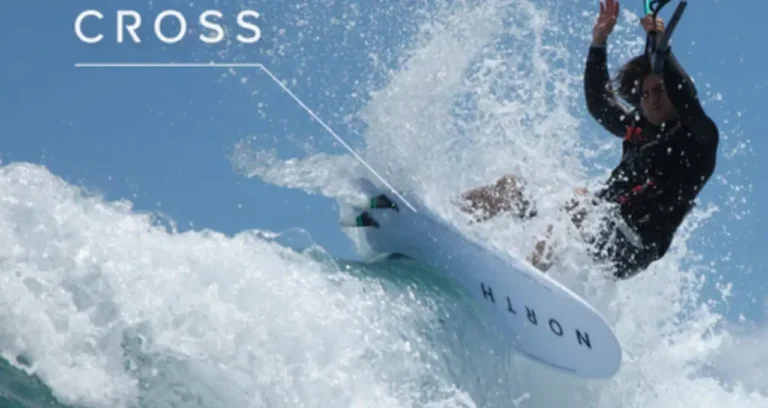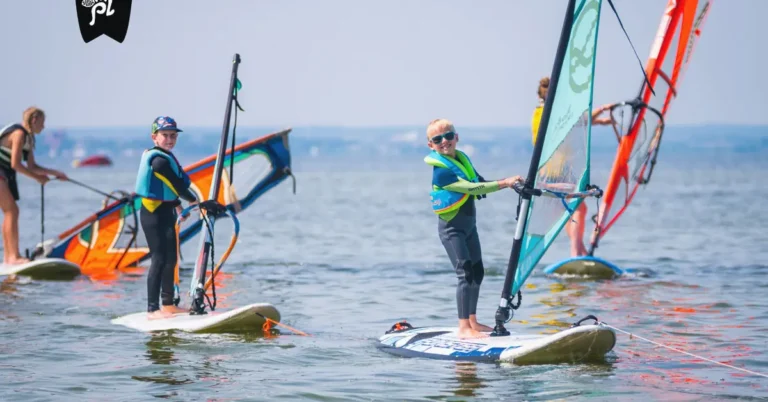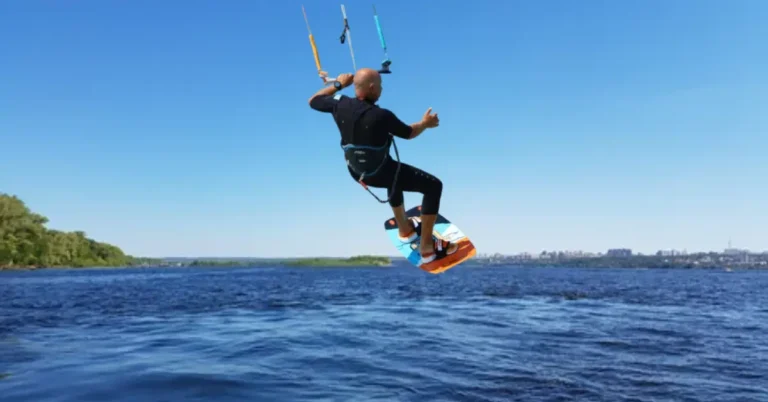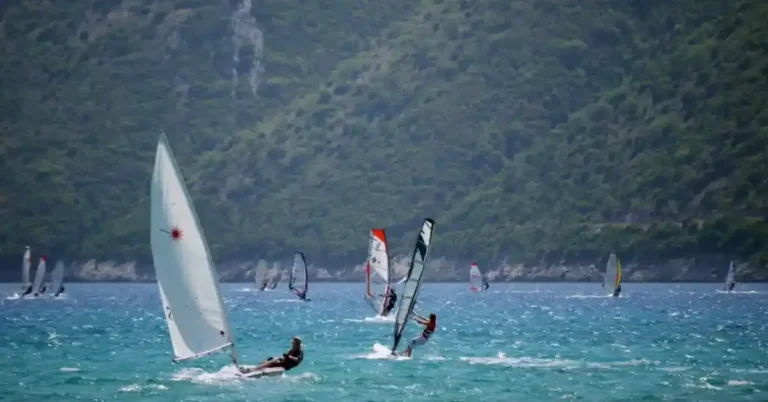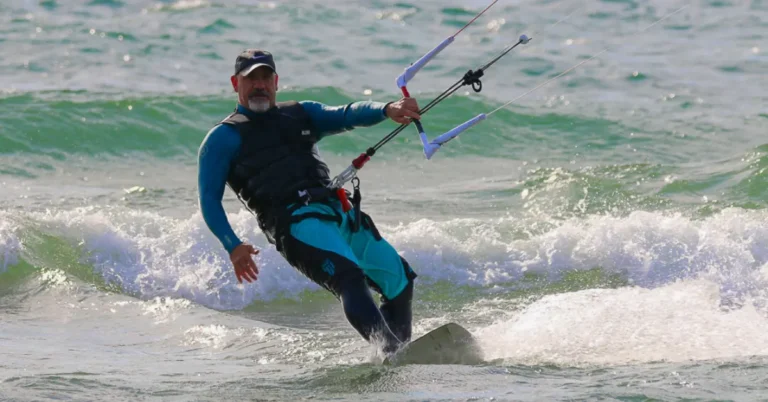How Much Is the Kitesurfing Industry
The kitesurfing industry encompasses a vibrant and growing market catering to enthusiasts worldwide. With its exhilarating blend of wind, water, and adrenaline, kitesurfing has recently surged in popularity. The industry spans various sectors, from equipment manufacturers to kite schools and event organizers, contributing significantly to the global watersports economy.
As the sport continues to evolve and innovate, the kitesurfing industry’s economic impact is becoming increasingly substantial. In this article, we’ll delve into the current state of the kitesurfing industry, exploring its growth, trends, and economic significance on both a local and global scale.
Also Read: How to Water Start Kitesurfing
Assessing the Global Market Size
Measuring the exact size of the kitesurfing industry on a global scale can be challenging due to its diverse nature and the involvement of various stakeholders.
However, market analysts estimate the global kitesurfing market to be worth some dollars, encompassing equipment sales, tourism, events, and related services.
Key Drivers of Industry Growth
Several factors contribute to the growth of the kitesurfing industry, including technological advancements in kite design and manufacturing, the proliferation of kitesurfing schools and training centres, and the rise of destination kitesurfing tourism.
Additionally, the sport’s appeal to various demographics, from thrill-seekers to outdoor enthusiasts, has fueled its popularity and market expansion.
Regional Variations and Market Trends
While the kitesurfing industry’s growth is evident globally, there are significant regional variations in market dynamics and trends. Coastal regions with favourable wind conditions and established kitesurfing communities often experience higher demand for equipment, lessons, and related services.
Conversely, emerging markets in inland areas or regions with limited access to suitable kiteboarding locations may exhibit slower growth but present untapped opportunities for industry players.
Future Outlook and Opportunities
The kitesurfing industry is poised for continued growth and innovation, driven by advancements in equipment technology, sustainable practices, and the integration of digital platforms for community engagement and education.
As awareness of environmental conservation and eco-tourism grows, there is also an increasing emphasis on responsible kitesurfing practices and developing eco-friendly products and initiatives.
Why is Kitesurfing So Expensive

Kitesurfing is a thrilling water sport that blends surfing, wakeboarding, and paragliding. While it’s exciting and fulfilling, it can also be pricey. Let’s break down why kitesurfing is often seen as a luxury activity.
Is kitesurfing a growing sport?
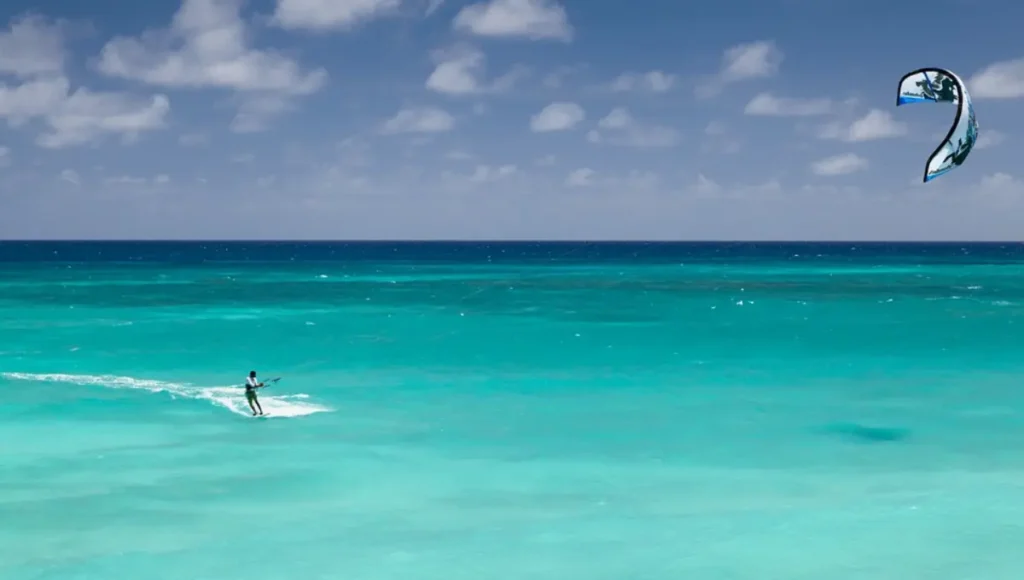
Yes, kitesurfing is indeed a growing sport. Over the past few decades, kitesurfing has experienced significant growth in popularity worldwide. The sport’s accessibility, exhilarating nature, and the proliferation of kitesurfing schools and training centres have contributed to its expansion.
Additionally, advancements in equipment technology and increased awareness through media coverage and events have further fueled the growth of kitesurfing. As more people seek outdoor adventures and unique experiences, kitesurfing continues to attract new enthusiasts, making it one of the fastest-growing water sports globally.
Frequently Asked Questions
Conclusion
The kitesurfing industry is a dynamic and rapidly expanding sector within the broader watersports market. With its excitement, athleticism, and accessibility, kitesurfing attracts enthusiasts worldwide and offers significant opportunities for businesses, entrepreneurs, and tourism destinations.
By understanding the market’s size, drivers, and trends, industry stakeholders can capitalize on emerging opportunities and contribute to the sustainable growth and development of the kitesurfing industry.

